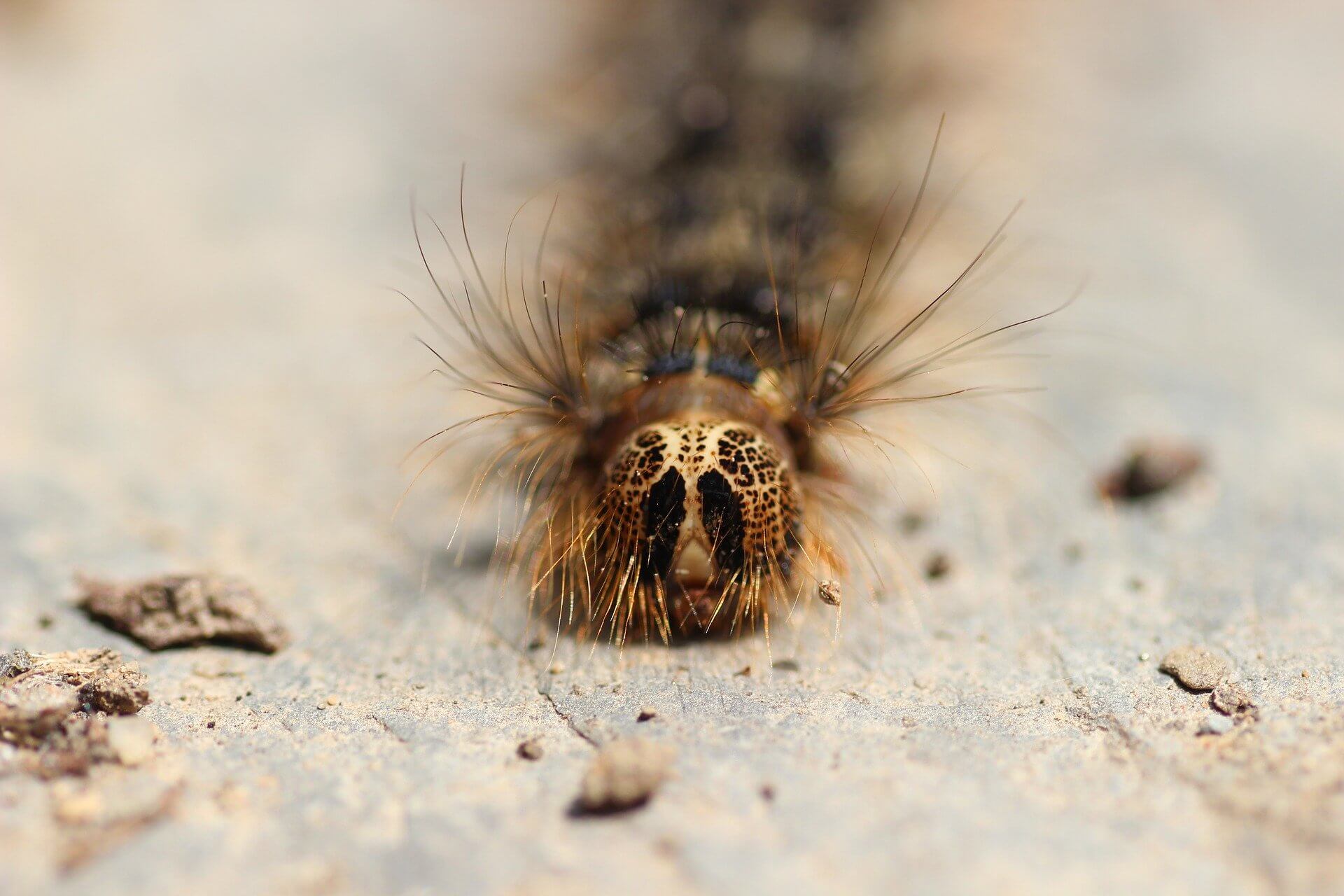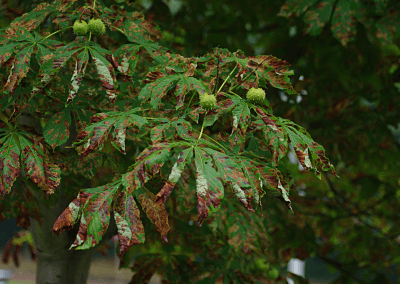When we think about trees in our yard, we often think about the growth of spring, the abundance of summer, and the beauty of fall. The bare branches of winter are not high in our love for trees so this season is often forgotten when it comes to winter tree care tips.
However, there are still plenty of tasks to complete in winter for optimal tree health all year round. Before deep winter sets in and the weather becomes too cold and too snowy, invest a bit of time in your yard and your trees. We guarantee that is will be worth it. To help you out, here are our top 4 winter tree care tips for 2020.
Protect Your Trees From Freezing
Some trees are better suited to cold weather than others. If you only have trees and plants that are native species, then you won’t have to worry about them freezing. However, if you have a more diverse garden, then your trees may not be able to survive the winter.
The first step is to know what gardening hardiness zone you are in. The second step is to know what zone your trees belong to. You can find this information at a local gardening center, or online.
If the zone you are in and the zone your trees belong to aren’t the same, then you should take further steps to winterize your tree.
You can use a mixture of materials to cover your trees. These include sheets, tarps, or burlap. Before the temperature drops, take the time to wrap each vulnerable tree.
The best way to wrap a tree is to use a frame so that the covering doesn’t actually touch the tree. The less contact there is, the more protection you will provide for your trees.
If you have shrubs, plants, or even saplings that are in pots, you will also want to take care of these. Potted shrubs don’t offer the same protection to the elements that plants dug into the ground have. Be ware of bringing potted plants and trees indoors, though. It can shock them too much, especially when you bring them outside again.
Instead, think about placing them in a more protected area outside. Either sheltered from the wind, or in a make-shift greenhouse are good options.
Mulch Around the Base Of Your Trees
One of the most important winter care tips is to provide a thick layer of mulch around your trees. Mulch is organic matter, usually consisting of wood chips that are about 1-inch in size and leaf matter. Wood mulch takes about 3 to 6 months to break down. When it does, it releases much needed nutrients into the soil, including nitrogen.
Around each tree should be 3 to 5 inches of mulch. It should start 3 inches away from the base of the tree and extend up to 2 feet around in all directions. When completed, you should have a large circle of mulch around each tree.
If you have trees that shed a lot of leaves, start by raking this up and distributing it around the tree. If you have large leaves, you can always run a lawnmower over them, breaking them up into smaller pieces that break down easier.
The mulch rings should be even in height. While you might see rings that peak in the middle, like a volcano, it’s better to have it spread evenly.
Don’t Forget To Water
When we think about winter, we automatically think about snow. But in many areas, snow doesn’t really start to accumulate until January. November and December can be pretty dry months. Furthermore, when it is cold and dry out, a lot of moisture evaporates and your trees can start to suffer.
If you have newly planted, young trees, be sure to water them every week or two. Young trees need about 10 to 15 gallons of water. Young trees go through a lot of stress when they are transplanted so they need a lot of love and attention, even in winter.
Mature trees only need to be watered once a month. Give them about 10 gallons of water for every inch they measure in diameter. For example, if your tree is 10 inches in diameter then it needs 1000 gallons of water.
When you water your trees, it’s best to do so slowly. Give the trees and their roots plenty of time to absorb the water. You may need to water a mature tree multiple times throughout the day.
Even if you have some rain or snow, it’s always a good idea to check the soil around your tree. The moister it is, the more warmth it will absorb, which is then radiated out at night time.
Prune Your Trees
Towards the end of fall and the beginning of winter, trees start to become dormant. This is actually a great time to prune your trees.
Once the leaves have fallen, it’s actually easier to spot what branches should be pruned and which ones need to stay. The winter dormant season of trees really is ideal for pruning.
Pruning trees is incredibly important. It establishes a sounds structure to your tree that will keep it healthy in the future and prevent damage.
Important components of pruning your tree include removing dead and dying branches. You should also take the time to look for any diseased spots. The sooner you notice a diseased part of a tree, the greater the chance your tree can be saved.
If pruning your trees sounds too complicated, or you just don’t want to brave the cold, it’s best to contact a tree care expert.




